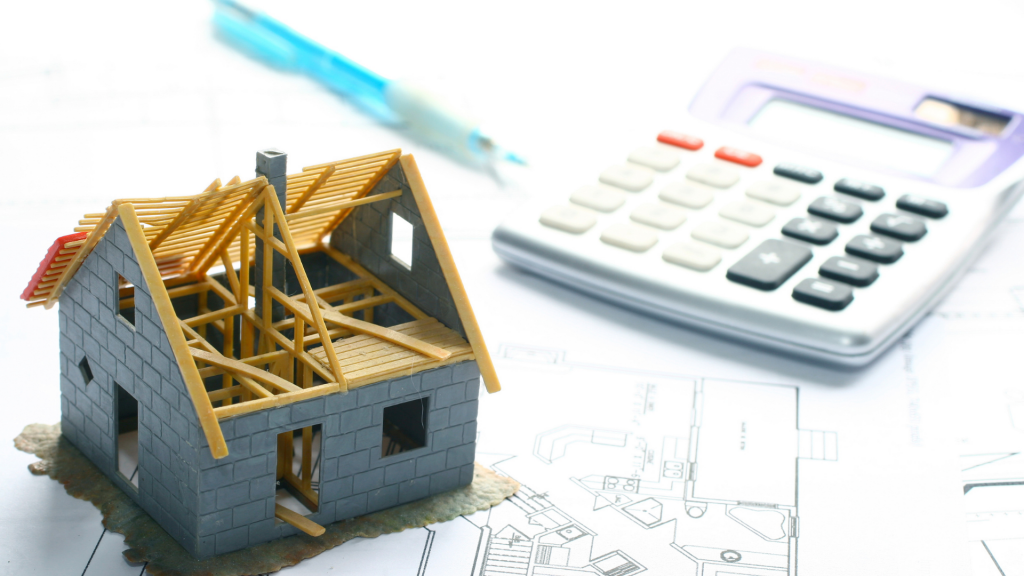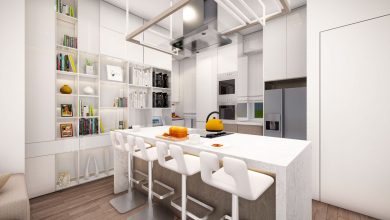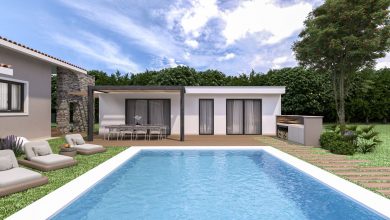If you’re a professional in the industry, you know that a metric computation is a technical document used in the field of construction and civil engineering that contains a detailed list of the materials, labor, and other resources necessary to carry out a construction project.
The goal of metric computation is to estimate the total cost of the project and provide a solid foundation for planning and budgeting.
Ultimately, the metric computation allows contractors, architects, and engineers to have precise control over the budget and resources needed to carry out a project.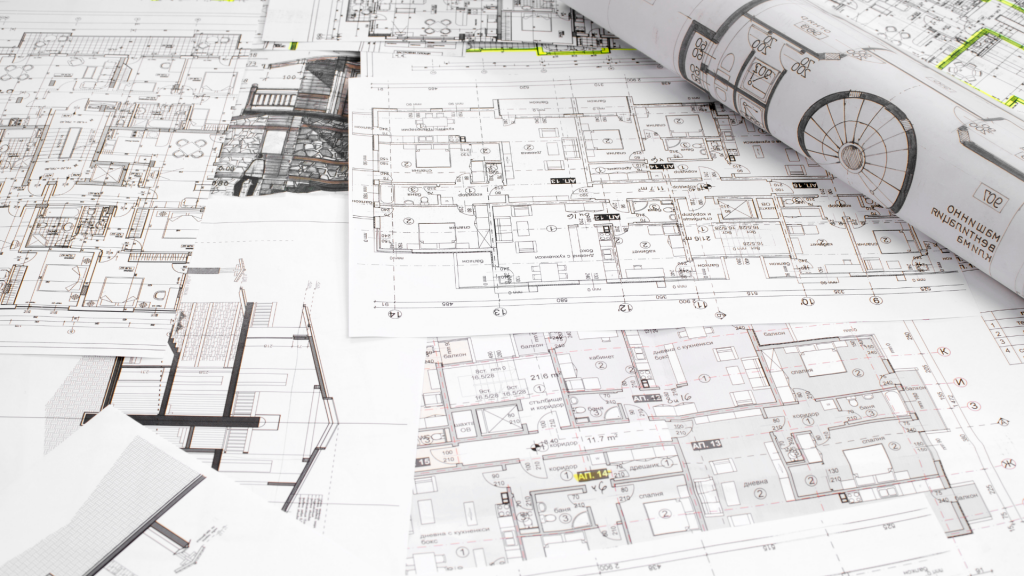
Table of Contents
Do you know the difference between Metric Computation and Metric Computation in Revit?
Regardless of the general definition, Metric Computation in Revit specifically refers to the process of generating a metric computation from a digital building model created with Revit software.
By creating a model in Revit, professionals can label individual elements (such as walls, doors, windows, etc.) with information such as quantity, type, and cost. This data can be extracted and organized into a metric computation, making the cost estimation process more accurate and efficient.
Reasons why you should create a Metric Computation in Revit:
If what you’ve read in the previous paragraph isn’t enough to convince you, our team of experts has prepared a list of the 5 most important benefits that make a difference in the way thousands of professionals work every day.
Greater precision
Revit uses a building information model (BIM) to generate metric computations, which helps ensure the accuracy of the data. Changes made to the model are automatically updated in the metric computation, reducing the possibility of data errors.
Time savings
Revit can generate metric computations quickly and accurately, helping to save time in manually generating metric computations. Additionally, the BIM model can help reduce the time needed to collect information from multiple sources.
Data integration
Revit allows for the integration of data from material manufacturers, which can simplify the generation of metric computations and improve accuracy. Additionally, data from metric computations can be used for design decision-making, such as material selection and budget planning.
Collaboration Ease
The use of a BIM model in Revit can help improve collaboration among team members by allowing everyone to work on the same model. Changes made by one team member are automatically updated in the model and in the metric computation, reducing the need for constant communication.
Customization
Revit allows for customization of metric computations to meet the specific needs of a project. Parameters and formulas can be adjusted to fit the project’s specific needs, improving efficiency and accuracy of the metric computation.
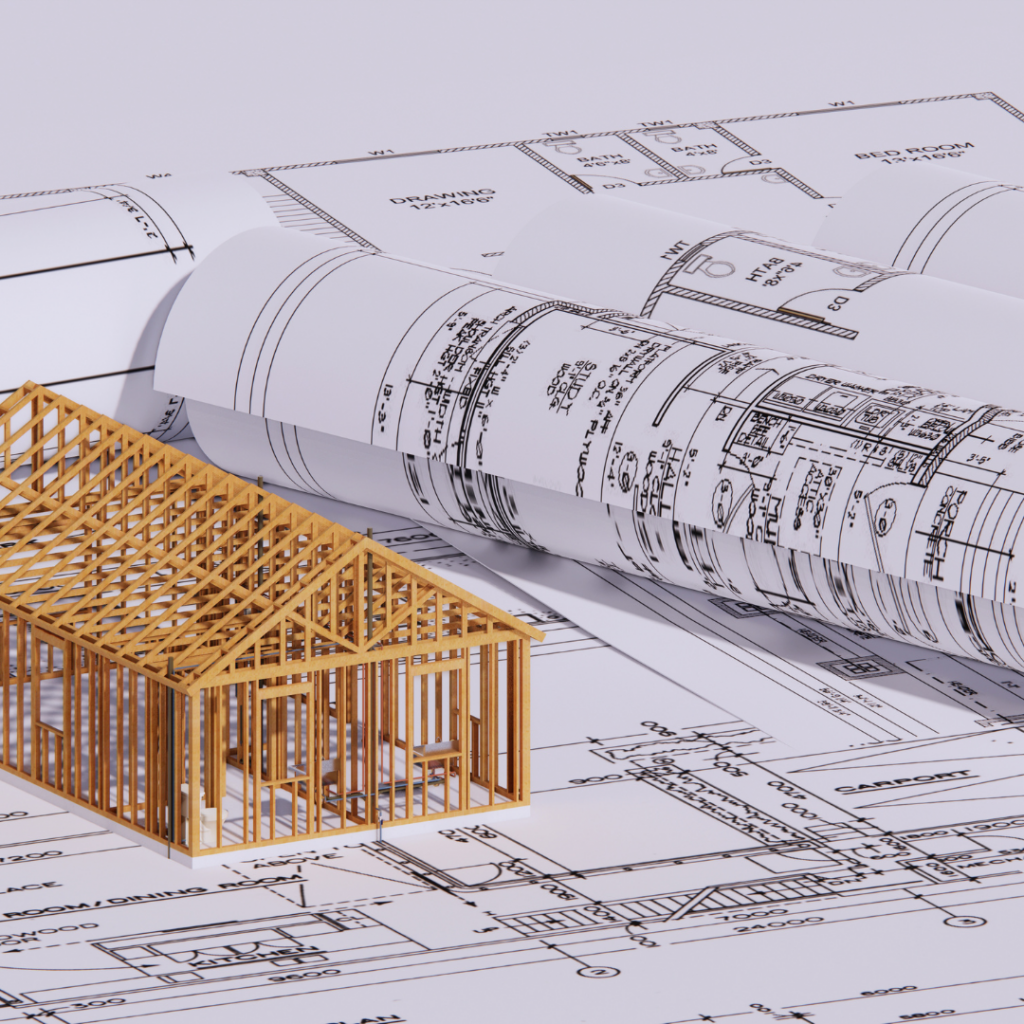
How to Create an Efficient Metric Computation in Revit for Your Client Using Revit:
Now that we understand the benefits that using Revit software can bring when creating a metric computation for our project, we can move on to how to create an efficient and correct metric computation for your client in Revit.
- Understand your client’s needs: Before starting to create the metric computation, it is important to understand your client’s specific needs. Make sure to ask about their requirements and expectations, such as the level of detail, the spreadsheet format, the type of report needed, etc.
- Create a detailed digital construction model in Revit: The first step to creating a metric computation in Revit is to create a detailed digital construction model. This model should include all the necessary elements for the project, such as walls, doors, windows, floors, ceilings, etc. It is important to label each element with information such as quantity, type, and cost.
- Configure your project templates: It is important to configure your project templates in Revit to contain all the necessary elements for the metric computation, such as materials, families, and custom parameters. Make sure all elements have clear and consistent names so you can easily identify them.
- Use automation tools: Use automation tools in Revit to speed up the process of creating the metric computation. For example, you can use programming functions in Dynamo to automate tasks such as collecting cost data, generating reports, and creating visualizations.
- Add custom parameters: To facilitate the creation of the metric computation, custom parameters should be added for elements in the Revit model. These custom parameters can include information such as unit cost, location, supplier, lifespan, and more.

- Exporting cost data: Once the model and the metric computation spreadsheet are created, it is possible to export the cost data from the model to the metric computation spreadsheet. This can be done through a plug-in or export tool, or through a direct connection between the Revit model and the cost estimating software.
- Review and adjust cost data: After exporting the cost data, it is important to review and adjust it as necessary. This may include removing duplicate items, correcting errors, adding indirect costs, among others.
- Generate reports and visualizations: It is possible to generate reports and visualizations from the metric computation spreadsheet to provide a clear overview of the total project cost and the individual costs of each element.
- Perform a thorough review: Before delivering the metric computation to the client, carefully review the cost data to ensure that it is complete and accurate. Make sure to remove duplicate items, correct errors, and add indirect costs if necessary.
- Communicate with the client throughout the process: Maintain constant communication with the client throughout the metric computation creation process to ensure that their needs and expectations are met. This can also help identify any errors or issues before it’s too late.
- Deliver the metric computation in Revit to the client: Deliver the metric computation to the client in their preferred format. Ensure that the delivery is clear and organized, and that the client has all the necessary information to understand the metric computation (continue reading for further details).
The Final Stage: Presenting the Metric Computation in Revit to the Client
Once you have put into practice all the previous steps, your bill of quantities will be complete, and the last thing remaining will be to present it to the client.
The best way to present the completed bill of quantities to your client will depend on their needs and preferences. We have considered several options so that when the time comes, you can consult all plausible options:
Most architects and engineers prefer the printed report option. The paper report should include a clear cover with the project name, date, client and author’s name. Additionally, the report should be well-organized and easy to read, with an index listing the items included in the bill of quantities. You could highlight the most important sections so that the client can easily review and understand them.
The second option is an in-person presentation. If the client prefers an in-person presentation, you could consider preparing a slide presentation that includes graphs and tables to illustrate the data in the bill of quantities. You can highlight the most important aspects and answer any questions the client may have.
You can also share the digital file of the bill of quantities with the client via an online file-sharing platform, such as Dropbox or Google Drive. It’s important to ensure that the file is well-organized and properly labeled so that the client can easily access it.
If the bill of quantities is very detailed or extensive, you could consider delivering it in parts so that the client can review and understand the information in small quantities. This way, the client won’t feel overwhelmed and will have the opportunity to ask questions or provide feedback as the process progresses.
Finally, for those clients who don’t want to review the entire bill of quantities, you could consider preparing an executive summary that includes the most important and relevant data. The summary should be brief and designed to provide clear and concise information.
If you want to become a revit bim expert in only 17 hours, access GoPillar Academy’s online course for only 60 USD for a limited time.
For further information, please email [email protected]


